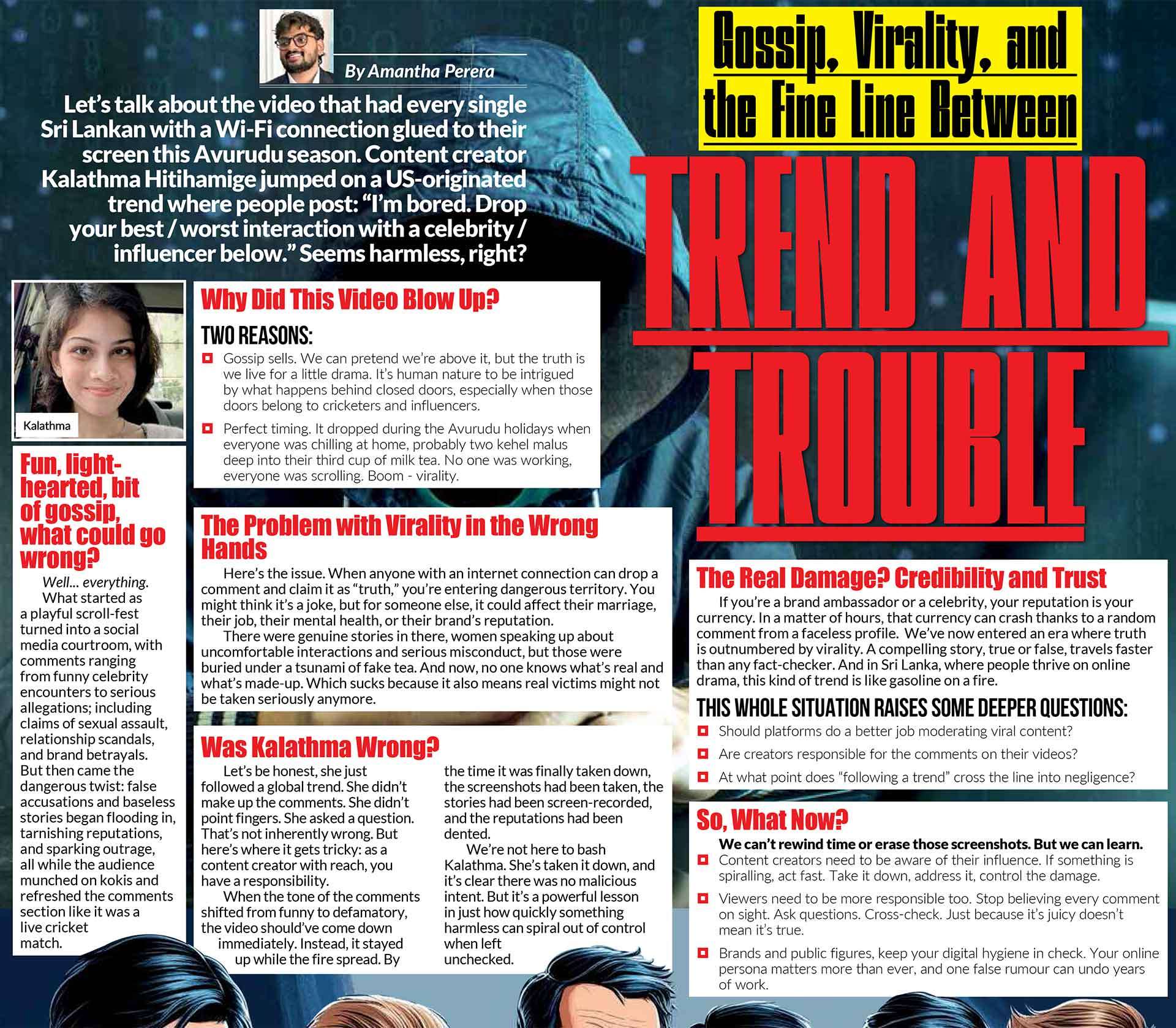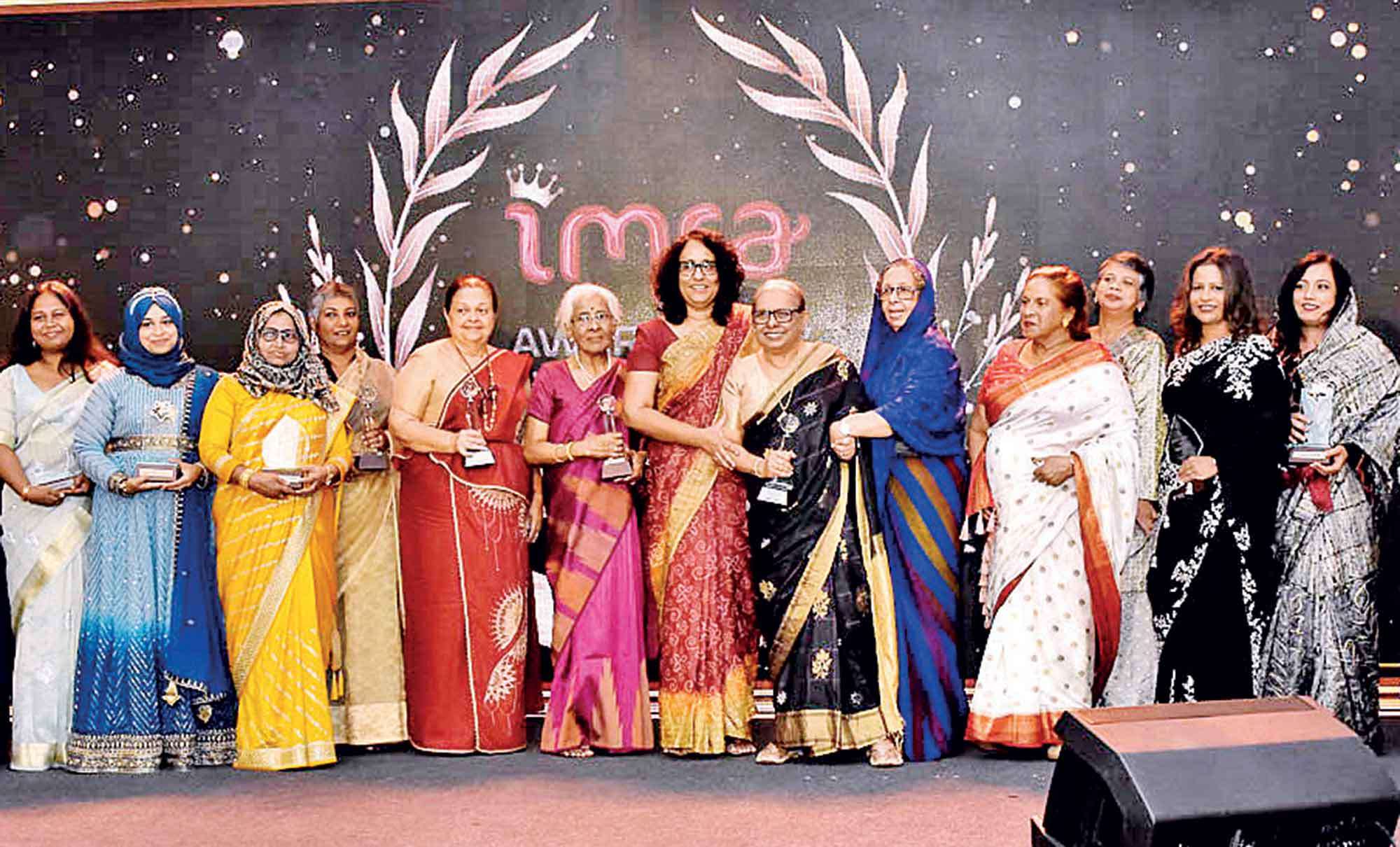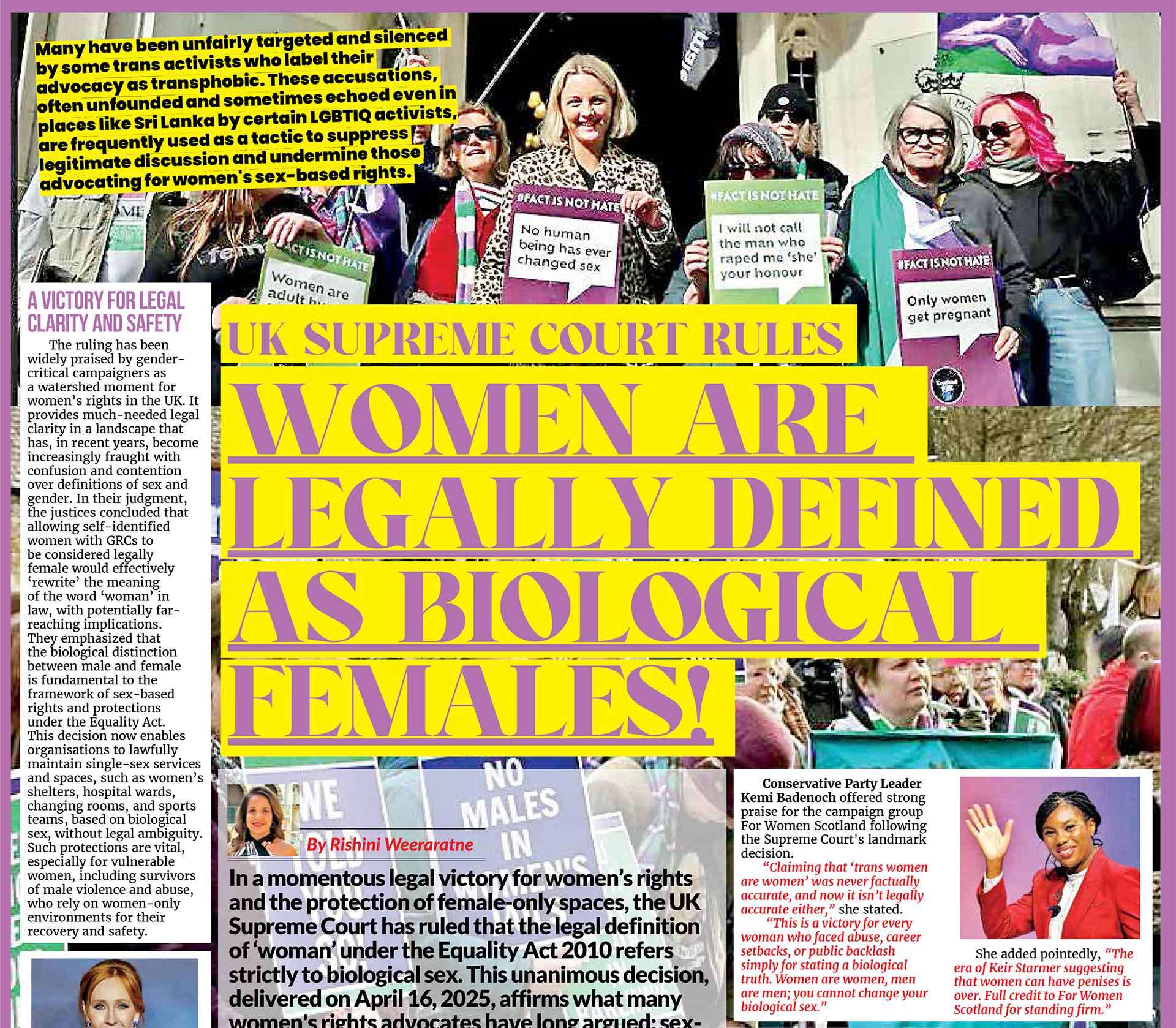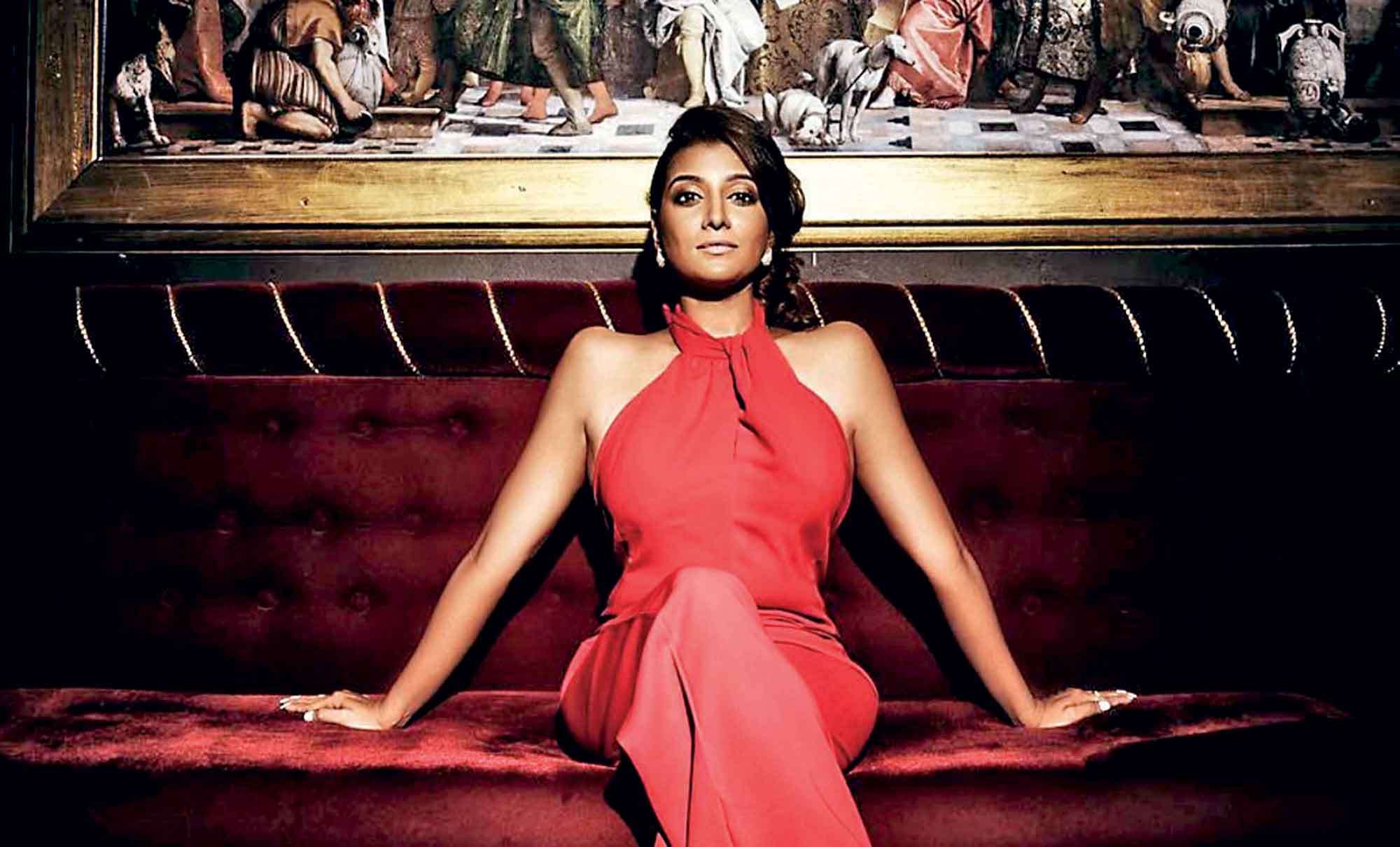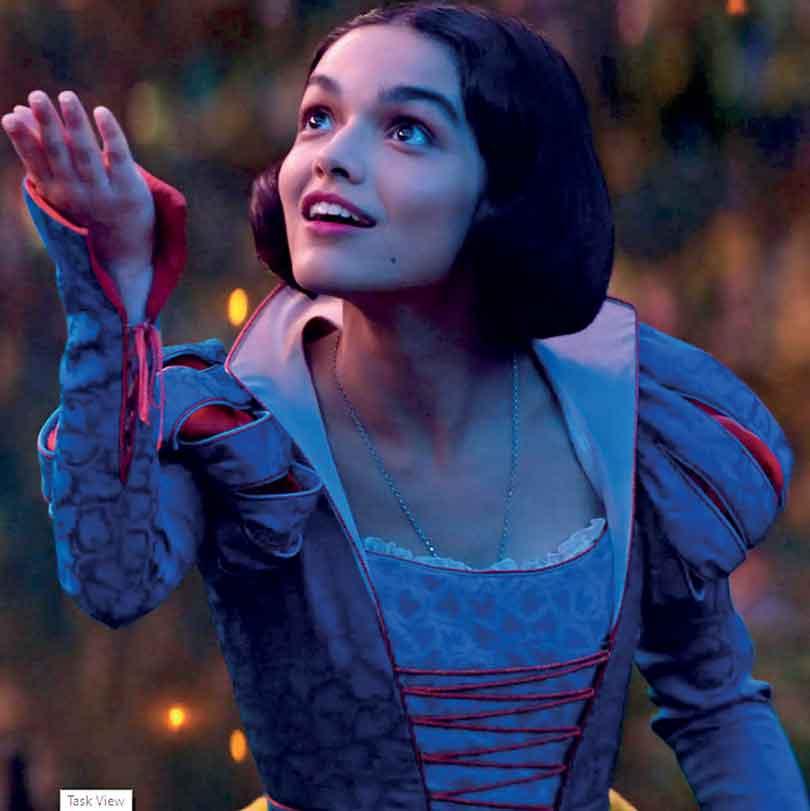
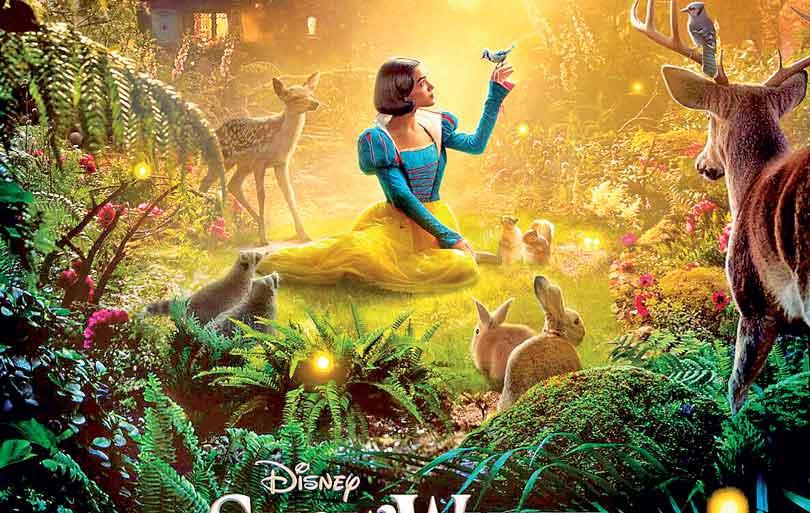
She described the classic as ‘extremely dated’ in its portrayal of women and emphasized that the new adaptation would present Snow White as a strong leader rather than a damsel in distress.
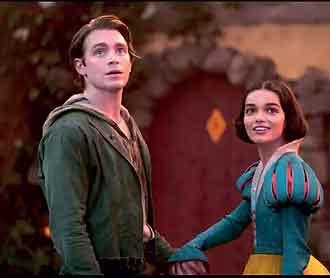 Disney’s latest live-action adaptation, Snow White, has stumbled at the box office, igniting discussions about the impact of woke culture on Hollywood’s financial performance. The film, starring Rachel Zegler as Snow White and Gal Gadot as the Evil Queen, has been marred by a series of controversies that many believe contributed to its underwhelming debut. From casting choices to budget overruns and political tensions, the film has struggled to find its footing with audiences.
Disney’s latest live-action adaptation, Snow White, has stumbled at the box office, igniting discussions about the impact of woke culture on Hollywood’s financial performance. The film, starring Rachel Zegler as Snow White and Gal Gadot as the Evil Queen, has been marred by a series of controversies that many believe contributed to its underwhelming debut. From casting choices to budget overruns and political tensions, the film has struggled to find its footing with audiences.
Box Office Performance
Upon its release, Snow White managed to rake in just $15.5 million on its opening day across 4,200 theatres in North America, including $3.5 million from Thursday night previews. Initial projections had suggested a potential $85 million opening weekend, yet current estimates place it at a mere $45 million. This disappointing performance ranks Snow White among Disney’s weakest live-action openings to date, raising questions about whether the studio's approach to modernizing classic stories is resonating with audiences.
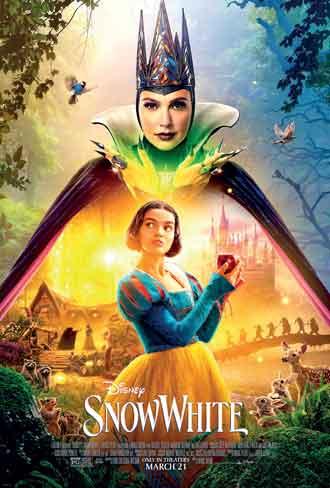 Casting and Cultural Backlash
Casting and Cultural Backlash
One of the earliest and most significant controversies surrounding Snow White revolved around its casting. The decision to cast Rachel Zegler, an actress of Colombian descent, as the iconic princess led to debates over cultural authenticity. Critics argued that Snow White’s defining characteristic having, ‘skin as white as snow,’ was overlooked in the name of diversity. While some defended the casting as a step toward inclusivity, others felt
it altered the essence of the classic
fairy tale.
Adding fuel to the fire, Zegler’s public remarks about the original 1937 animated film further alienated some fans. She described the classic as ‘extremely dated’ in its portrayal of women and emphasized that the new adaptation would present Snow White as a strong leader rather than a damsel in distress. While proponents of modern feminism praised this update, many traditional Disney fans saw it as unnecessary revisionism that disregarded the charm of the original story. The controversy extended beyond Snow White herself. Disney also reimagined the seven dwarfs, opting for a diverse cast and employing CGI effects instead of traditional depictions. The decision, made in response to critiques about reinforcing stereotypes, was met with mixed reactions. Some applauded the progressive approach, while others felt it was yet another departure from the source material that alienated audiences who cherished the
original tale.
Budget Overruns and Production Challenges
Another major setback for Snow White was its ballooning budget. Originally expected to be a cost-effective remake, the film’s budget surged to $269.4 million by the end of 2023. Several factors contributed to this escalation, including extensive reshoots, visual effects enhancements, and delays caused by industry strikes. Despite this substantial investment, the film’s lukewarm reception indicates that big budgets and high production values alone are not enough to guarantee success.The financial strain on Disney is further compounded by the studio's recent struggles with other high-profile projects underperforming at the box office. With The Marvels, Indiana Jones and the Dial of Destiny, and Haunted Mansion failing to meet expectations, Snow White’s weak debut adds to concerns that Disney may be losing its touch with audiences.
The "Woke" Debate and Hollywood’s Box Office Woes
Snow White is not the first film to spark debate over the role of woke culture in Hollywood. Recent projects such as Captain America: Brave New World have faced similar backlash for prioritizing progressive themes over storytelling. Critics argue that when studios focus more on messaging than on crafting compelling narratives, they risk alienating their core audience.However, it's worth noting that the term woke is often used pejoratively to dismiss genuine efforts toward inclusivity and representation. While some box office failures may be linked to controversial casting or social messaging, others point to factors such as poor writing, lack of originality, and franchise fatigue as more significant contributors to declining ticket sales. Hollywood’s challenge is to strike a balance between evolving with the times and staying true to what made their classic films beloved in the first place.
Conclusion
The underperformance of Snow White serves as yet another example of the complexities of modern filmmaking, where cultural sensitivity, political dynamics, and audience expectations are constantly shifting. Disney’s attempt to modernize a beloved classic appears to have backfired, alienating traditional fans while failing to capture the interest of newer audiences. As Hollywood continues to grapple with the evolving landscape of entertainment, studios must learn that balancing progressive ideals with compelling storytelling is crucial. Rather than relying on remakes infused with controversial updates, perhaps the answer lies in creating fresh, original content that resonates with audiences without feeling like a lecture. The fate of Snow White may serve as a cautionary tale for future adaptations; one that studios would be wise to heed.
On-Set Tensions and Political Disputes
Reports from behind the scenes suggest that tensions ran high between lead actresses Rachel Zegler and Gal Gadot due to their differing political views. Zegler, known for her outspoken pro-Palestinian stance, allegedly clashed with Gadot, who is a vocal supporter of Israel. These differences reportedly led to heated exchanges on set, further complicating production. Beyond interpersonal conflicts, the film’s political undertones sparked wider debates about Hollywood’s increasing entanglement in global political issues.
Some audiences expressed frustration with entertainment becoming a battleground for ideological conflicts rather than serving as an escape into storytelling and fantasy.





